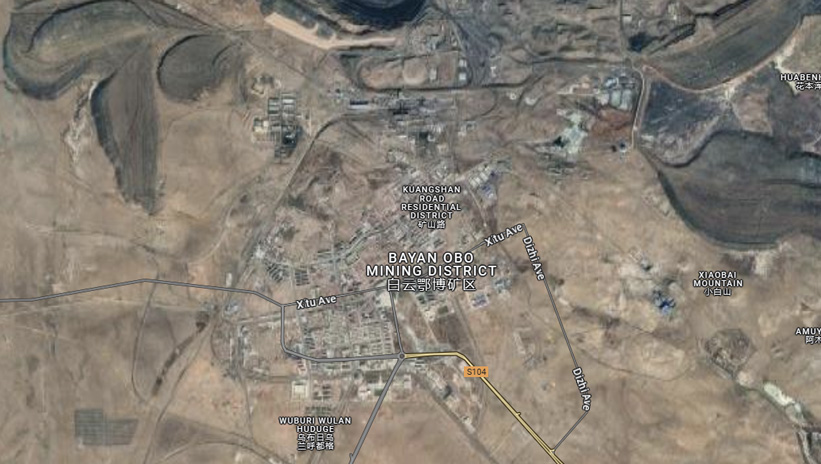Rare earth elements boast some irreplaceable properties, which makes them very expensive and extremely valuable for many industries, especially in terms of the manufacture of cutting-edge technology. This is why the 17 chemical elements of the rare earth group have seen significant growth in value over the last few decades. However, not all the countries with reserves of rare earth elements are rich, and only one country in the world can purify and extract rare earths from ore.
Out of the total of 90 million tons of rare earth reserves in the world, around 390,000 tons were mined and processed in 2024, mostly as a result of increasing mining and processing in China, Nigeria, and Thailand, according to the U.S. Geological Survey.
How many rare earth elements do you know, and what are they used for? This article will answer these questions.
What are rare earths? What are they used for?
The rare earth elements (REEs) are the 17 metallic elements that are found in the Earth’s crust.
REEs are also essential components of glass, magnets, batteries, and catalytic converters.
Here’s a list showing each rare earth element and some of its applications.
Source: USGS
Rare earth elements are also useful in defense applications.
Source: Geology
Rare earth production by country
With the biggest mapped reserves of REEs, China tops the list of countries that mine and process rare earth oxide equivalent (REO), a term used to express the total rare earth content in a material or ore, and the country is likely to retain its leading position until at least 2030. The USA and Myanmar (Burma) are in second and third place, having extracted and processed 45,000 and 31,000 tons, respectively in 2024.
Source: U.S. Geological Survey, Mineral Commodity Summaries, January 2025
Let’s take a closer look at the top three REEs producing nations.
China
Because the Chinese government controls rare earths operations in the country, the market features only a few larger foreign companies, including Lynas Corporation, Iluka Resources, and Avonlea Minerals, all of which are based in Australia.
China relies heavily on two towns in Kachin state, close to Yunnan province, as a source of rare earth oxides.
Today, China boasts a monopoly on the whole rare earths value chain.
The reason? Once rare earth ores are mined, they must then undergo a complex process to separate, refine, and purify each individual element and so far, China is the only country capable of handling all the stages of this intricate process. Mathieu Xémard of the Polytechnic Institute of Paris Centre explained that China has managed to gradually progress over the years from extraction to separation, through metallurgy and refinement, to magnet manufacturing.
At the moment, the U.S. and Australia export some of their semi-processed ores to China in order for the refining process to be completed.
Today, China is home to the world’s largest rare earths mine, the Bayan Obo mine, which is located in Inner Mongolia.

The United States of America
Based on estimates from the U.S. Geological Survey, the United States registered a production of 45,000 tons of REO in mineral concentrates in 2023, valued at $260 million.
The majority of rare earths in the U.S. come from the Mountain Pass mine in California which is a key domestic source for these materials, but at the same time, the country still relies heavily on imports to meet growing demand. In 2023, imported REEs were worth US$186 million, while in 2024, this figure decreased to US$170 million.
The U.S. is making significant investments to create a domestic supply chain for rare earths that includes mining, processing, and recycling, according to the U.S. Department of Defense.
Myanmar (Burma)
With 43,000 rare earths processed in 2023 and an estimated 31,000 in 2024, Myanmar ranks third on the list of the top 10 rare earths producing countries.
The area in northeast Kachin State that is centered on Chipwe and the nearby town of Pangwa are the locations where the majority of rare earth mining occurs.
Two significant China border crossings at Pangwa and Kan Paik Ti are used to transport all the rare earths produced in this region to China.
Final word
Used in cutting-edge technology rare earth elements are vital for technological development. China currently holds the monopoly over rare earth ore purification and separation and dominates the market. It is expected that no significant changes will occur and the near future will be marked by tensions among the largest REEs producers, as the demand for these elements increases due to their critical role in many industries, including defense.

